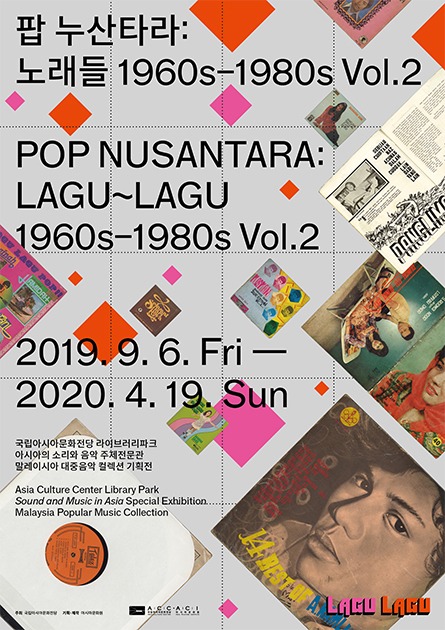
| Period| | 2019.09.06 - 2020.04.19 |
|---|---|
| Operating hours| | (Tue-Sun) 10:00 - 18:00 (Wed,Sat) 10:00 - 19:00 |
| Space| | ACC(Asia Culture Center) |
| Address| | 38, Munhwajeondang-ro, Dong-gu, Gwangju, Republic of Korea |
| Closed| | Monday, January 1 |
| Price| | Free |
| Phone| | 1899-5566 |
| Web site| | 홈페이지 바로가기 |
| Artist| |
|
정보수정요청



|
|
Exhibition Information
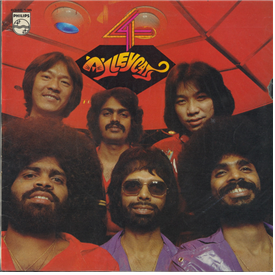
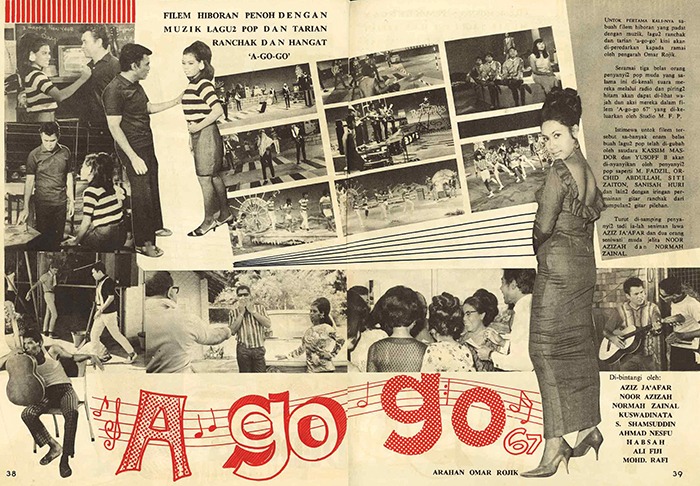
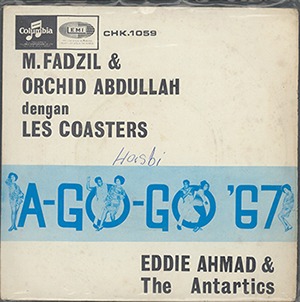
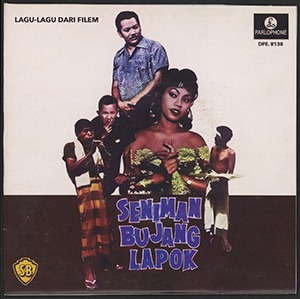
Lagu~Lagu is a Malay word meaning “songs.” Some songs are imbued with the collective memories of a time or a society. The ACC has brought together such songs (Lagu~Lagu) that were broadcast for the public, performed on stages, and featured in films in Malaysia and the surrounding areas. Malaysia was ruled by different colonizers until 1957, including the Portuguese, Dutch, Japanese, and British. The Malay people set out to gain independence and form their own nation in the 1950’s and the 1960’s, and during those times films and other forms of popular culture emphasized the “Malay Nationalism.” This led to the development of a more traditional form of cinema music. Two artists led the entertainment industry at the time: P. Ramlee and Saloma. Although they were revered as symbols of the Malay music, they were influenced by Western music and the music of various other ethnic groups. The popularity of cinema music waned in the late 1960’s, succeeded by musical styles influenced by bands from the United Kingdom and the United States. These music styles were known as “Pop Yeh Yeh.” Older generations at the time did not take kindly to the new trends that came with Pop Yeh Yeh: men with long hair and dance halls, among others. They were viewed as bad influences, and vices to be controlled. On another note, multi-ethnic groups such as Allycats in the late 1970’s served as catalysts for national integration beyond ethnic difference. Their music reminded the Malay people of the roots of their ethnic diversity. This exhibition displays resources that provide an insight into the values and significance of popular music in the nationalistic discourses during Malaysia’s nation-building period. The history of Malaysia shares many similarities with Korean history: independence from colonial governments, dictators, and democratization. We hope that this exhibition will allow visitors in Korea to experience old Malay songs widely loved and sung in that far-away country, and to understand what experiences bring us together and what differences separate us, and expand our insights through those songs. * The “Asian Pop Music Archiving Project” is aimed at studying the birth of contemporary pop music in different areas in Asia and specific works, people, and events during those times. To achieve this goal, the ACC collects various resources across multiple forms. Starting with a pilot project studying Korean pop music in the 1980’s, we conducted preliminary surveys on the history of pop music in eight Asian regions and built pop music collections for Indonesia, Myanmar, Vietnam, and Malaysia. The Malaysia Pop Music Collection consists of albums, videos, magazines, and other resources that came from research about the society, culture, and historic background of the country between the 1960’s and the 1980’s.
